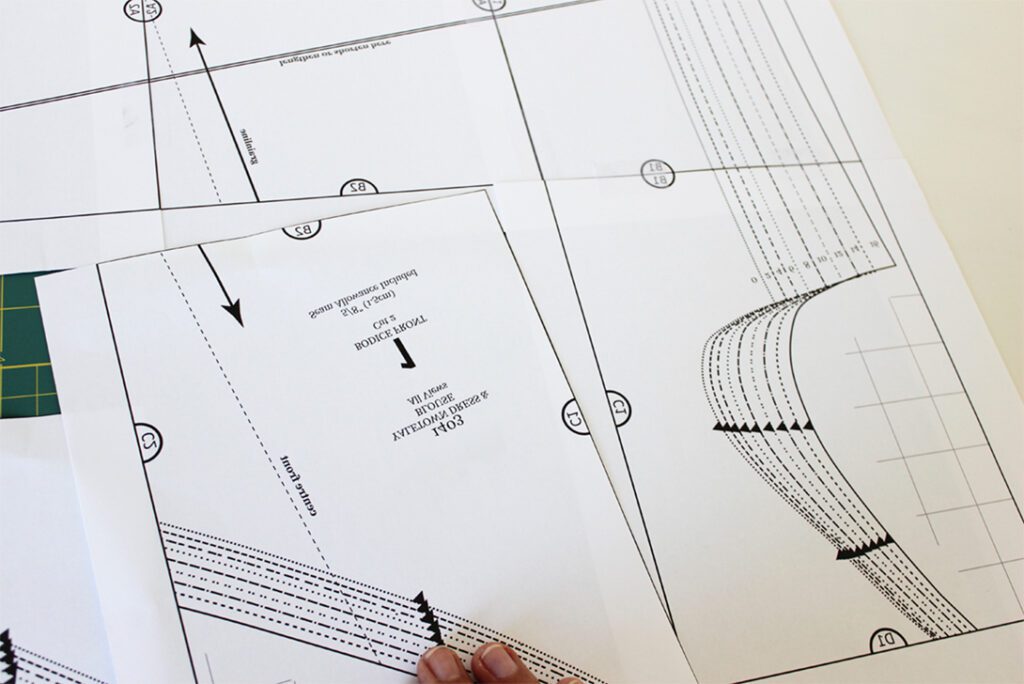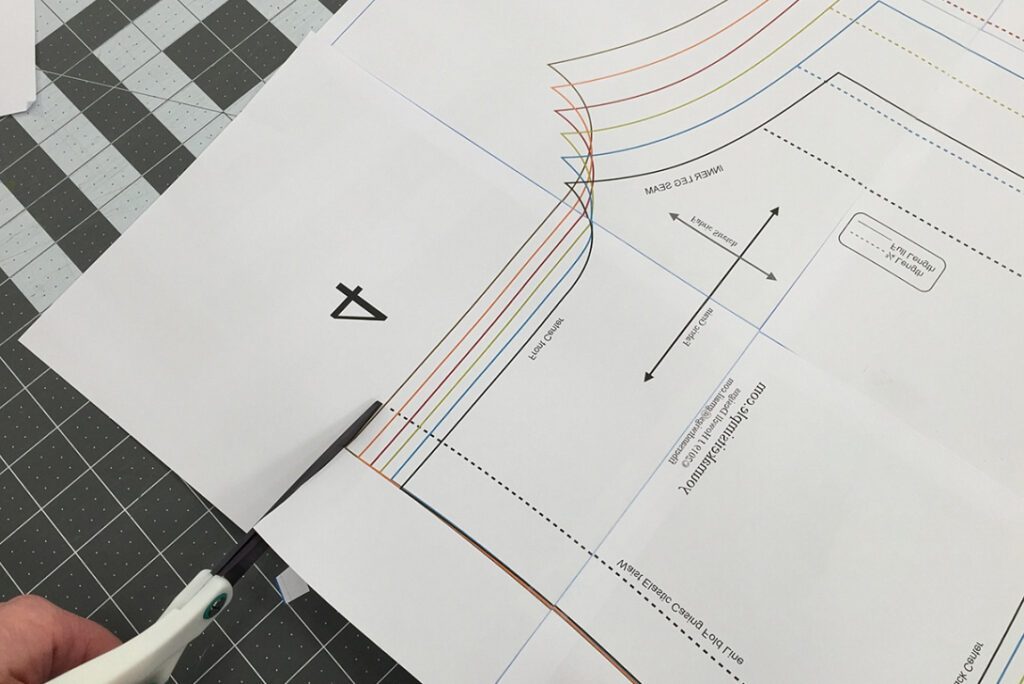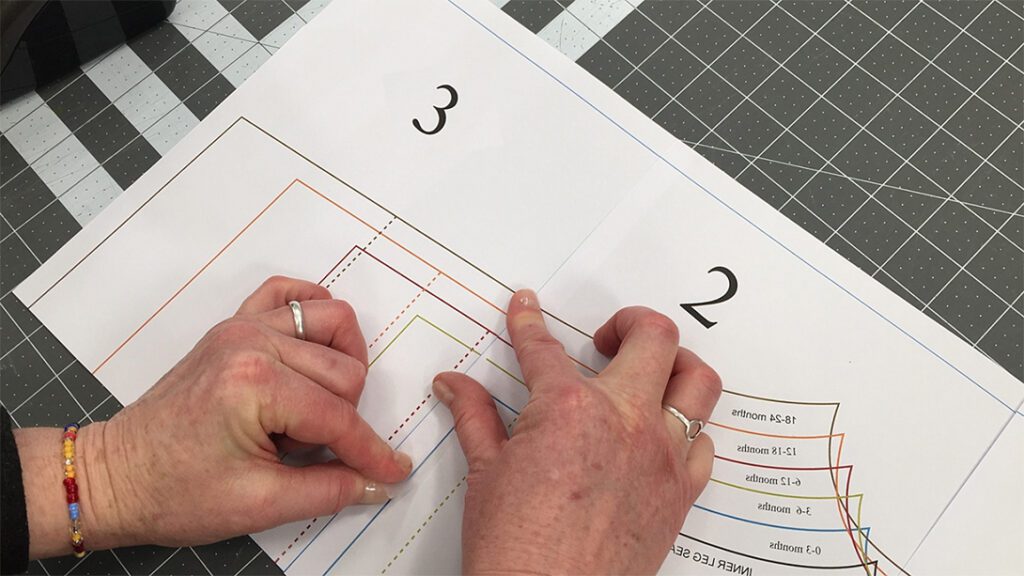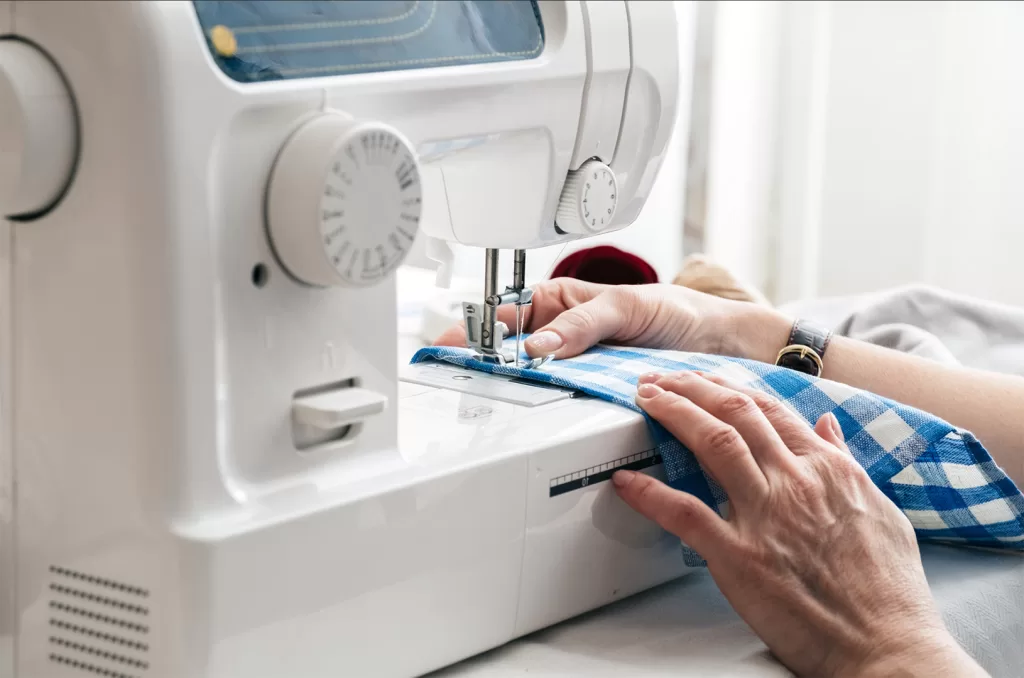
Digital downloads have been one of those things that have constantly divided people when it comes to patterns. Some people swear by digital downloads, and others stick to paper patterns out of old habits. That isn’t something you only find with sewing; many of the same things apply to knitting and other arts and crafts.
As someone who started with paper patterns, I thought it would be a good idea to go over some of the clear-cut benefits of using digital downloads, as there are plenty. That way, you can tell whether or not the benefits are worth it to you.
Digital vs traditional sewing patterns
One of the more prominent benefits of a digital download PDF pattern has to do with it being instant. That is true even if you use a copyshop to print out your patterns on A0. You can still go over the instructions and use them while you wait for the printing. That can benefit those looking to get knitting patterns because you don’t need anything printed.
Also, if you decide to print the patterns out, you can easily print them from your home printer. Thus, it’s a good option because you only have to buy the pattern and start working on it immediately. There’s no waiting as long as you have all the requisite materials.
Why PDF sewing patterns are better?
You get a digital download in a PDF format, virtually the same as a printed pattern. Everything you end up with will be the same as if you were to sew something from a traditional paper pattern. You don’t have to worry about lesser quality or anything because it’s the same pattern, just supplied in a different format.
– Format
As mentioned, a PDF pattern is simply a digitized pattern put in a digital format. If you took a piece of tissue where a pattern was printed, cut it all up into small pieces, and scanned them by themselves, you’d get a digital file that is very close to what you would get when you bought a digital pattern. One of the best things about digital patterns is that they are sent in PDF format; thus, it’s protected from editing, so the pattern doesn’t shift accidentally.
– It’s Instant

You can instantly download and access a digital pattern whenever you are sent a digital one. There’s no worrying about waiting for anything; you can print it out with a printer at home. The instant gratification of a PDF pattern has to be one of the most significant benefits because you get to start working on a project without delay. You don’t even have to leave your home. There are no visiting stores, and there’s no waiting for the pattern to get shipped to you.
– Reusability
Another major benefit of a digital pattern is that you can continue to reuse the pattern over and over. You can print out as many copies as you want. There have likely been instances where you have cut out your paper pattern only to find out that you either messed up or needed different sizes. With a digital pattern, you can reprint the pattern when this happens. If you lost a piece of your pattern or damaged it, you can reprint it without worry.
– It’s Minimalistic
There is no need to trace anything, and you get to use a pattern that is easy to work with and doesn’t take up physical space. You can store these patterns directly in a folder on your hard drive or even in the cloud to use them when you need them. Their minimalistic nature makes them advantageous for those who enjoy many different patterns.
– Cost
That is something that should be higher on this list. After all, who doesn’t want to save money? The beauty of digital patterns is that they are much cheaper than printed patterns. You won’t need to worry about paying for shipping, and you can generally find them for a lower price. While you will need to factor in the cost of printing it yourself, it’s usually going to be less than it would cost to pay for the pattern and the shipping that comes with it.
– Bonuses
It’s always a plus when the seller of the digital pattern allows you to print on A0 paper. I get to print the pattern on either 1 or 2 large pieces of paper instead of several A4 sheets that need to be assembled. It makes it so much easier!
Comparing digital and paper sewing patterns
Traditional Sewing Patterns
Any traditional sewing patterns are the physical ones you typically find and buy in an arts and crafts store. There are around four big companies that sell these patterns, and here are some of their pros and cons.
Pros:
- No Worrying About Taping. Typically, these patterns are physical, so you don’t have to tape everything together. Instead, you have a single pattern to work with.
- Thin Paper. You are generally going to be working with very thin tissue paper. Because of this, it can make it easier to pin on the fabric.
Cons:
- You cannot reuse it, and if you mess up, you’ll need a new one. If you use the pattern several times or need to change the size, you’ll need to trace it because you won’t be able to replace it.
- Sizing can get confusing.
- You will typically find they have more outdated styles in this format, but that’s purely subjective.
- There are much more difficult instructions with this format, making it increasingly difficult for beginners.
PDF Sewing Patterns

These patterns are supplied digitally and can be printed on your printer in the comfort of your home. You will generally find these digital downloads available on marketplaces like Etsy.
Pros:
- You can buy them and print them from anywhere.
- You generally find more trendy patterns available digitally because they don’t need to be mass-produced, so they can be made much quicker and cost less.
- These patterns are typically easier to understand, especially for beginners.
- You may find YouTube tutorials available for a lot of them.
- You will find they are typically less costly than traditional patterns because they have lower overhead and no shipping costs.
- You can continue using the pattern as long as you want without repaying it.
Cons:
- You will need to print out the pattern and tape it together for larger garments. That can get tedious and time-consuming.
- If something goes wrong with the pattern printing, you’d need to print it again.
- You will find the instructions less accurate because there’s less quality control in the industry since they aren’t mass-produced. The mass production of traditional supplied patterns results in the instructions and patterns being rigorously checked for accuracy.



